
Berkshire Hathaway (BRK) released its 2023 Letter to Shareholders (also see full 2023 Annual Report), which Warren Buffett also uses as an educational instrument. As always, I recommend reading it yourself (only 17 pages total this year). I prefer to read the letter first (with no spoilers), then peruse the various newspaper and media commentary, and finally re-read the letter again. Here are my personal highlights and commentary.
Tribute to Charlie Munger. The letter starts with a tribute to the late Charlie Munger, to whom he credits as the “architect” of Berkshire Hathaway, while Buffett was the “general contractor” performing the day-to-day construction work.
…Charlie, in 1965, promptly advised me: “Warren, forget about ever buying another company like Berkshire. But now that you control Berkshire, add to it wonderful businesses purchased at fair prices and give up buying fair businesses at wonderful prices. In other words, abandon everything you learned from your hero, Ben Graham. It works but only when practiced at small scale.” With much back-sliding I subsequently followed his instructions.
This also serves as a good reminder of a central idea within Berkshire. First, you identify the wonderful businesses, the durable ones that you believe you could buy and then forget about for 10 years. Then, only after that is satisfied, you buy them only if available at a fair price. The hardest part is to maintain this discipline even in boom times.
Berkshire Hathaway shareholders are (still) different. In the same way, Berkshire Hathaway wishes to attract shareholders that believe that Berkshire is one of these wonderful businesses and wish to own their shares permanently, only selling a bit perhaps for spending in retirement or for estate reasons. Often, these Berkshire shareholders end up with far more than they need and make generous charitable contributions. Not a bad way to do things, in my humble opinion. You may have heard about the recent $1 billion donation to a New York medical school (NY Times gift article). Many news articles omitted that those were Berkshire Hathaway shares that were donated (WSJ gift article).
Annual reminder on reported earnings. Buffett reminds us again that, due to current accounting rules, Berkshire must count any changes in the value of their stock holdings in outside companies (Apple, American Express, Coca-Cola, etc.) as “earnings”, which leads to funny things when they reports their profits each year. The rest of the company could be doing great, but if the share values fall, then they have to report a loss. The rest of the company could be struggling, but if the share values rise, then they have to report a profit.
Own American businesses! Buy them, keep them, be patient.
I can’t remember a period since March 11, 1942 – the date of my first stock purchase – that I have not had a majority of my net worth in equities, U.S.-based equities. And so far, so good. The Dow Jones Industrial Average fell below 100 on that fateful day in 1942 when I “pulled the trigger.” I was down about $5 by the time school was out. Soon, things turned around and now that index hovers around 38,000. America has been a terrific country for investors. All they have needed to do is sit quietly, listening to no one.
A carefully-worded warning about dealing with people of questionable moral fiber. You may have read about the drama between Berkshire Hathaway while trying to finalize the purchase of the Pilot Travel Centers truck stop business. As Reuters put it, “Buffett did not mention Pilot in his annual letter to Berkshire shareholders […] but offered an anecdote about the risk of disappointment in acquisitions.” Here’s the anecdote 💀:
We also hope these favored businesses are run by able and trustworthy managers, though that is a more difficult judgment to make, however, and Berkshire has had its share of disappointments.
In 1863, Hugh McCulloch, the first Comptroller of the United States, sent a letter to all national banks. His instructions included this warning: “Never deal with a rascal under the expectation that you can prevent him from cheating you.” Many bankers who thought they could “manage” the rascal problem have learned the wisdom of Mr. McCulloch’s advice – and I have as well. People are not that easy to read. Sincerity and empathy can easily be faked. That is as true now as it was in 1863.
Don’t expect Berkshire to outperform the S&P 500 by a lot in the future, but do expect it to be a fortress in times of crisis. One way they could beat the S&P 500 by a lot is if a market crash occurs and they buy a lot of businesses at low prices.
With that focus, and with our present mix of businesses, Berkshire should do a bit better than the average American corporation and, more important, should also operate with materially less risk of permanent loss of capital. Anything beyond “slightly better,” though, is wishful thinking. This modest aspiration wasn’t the case when Bertie went all-in on Berkshire – but it is now.
Extreme fiscal conservatism is a corporate pledge we make to those who have joined us in ownership of Berkshire. In most years – indeed in most decades – our caution will likely prove to be unneeded behavior – akin to an insurance policy on a fortress-like building thought to be fireproof. But Berkshire does not want to inflict permanent financial damage – quotational shrinkage for extended periods can’t be avoided – on Bertie or any of the individuals who have trusted us with their savings.
Berkshire is built to last.
I aspire to this “fortress” level of financial security for my personal finances. That’s why I’m also okay with holding a decent chunk of cash (Treasury bonds) even though most of the time it’s a performance drag. At the same time, this is also why I’d rather just own a Total US stock market index fund rather than BRK. I think BRK will be fine once Buffett is gone, but I’m not 100% certain.
As for the rest of their fully-owned and partially-owned businesses, nothing really stuck out to me. Buffett is still adding to his life’s work, his “masterpiece”. I just like to watch, not second-guess. He’s still buying OXY and some mystery financial company. Overall, operating earnings are going up, with some parts doing quite well (notably insurance underwriting and income) and some struggling (notably Berkshire Hathaway Energy and BNSF Railroad).
As for BRK shares themselves, these days there is an easy “buy” signal beamed directly by Buffett himself. If BRK is repurchasing a lot of shares, then it’s probably at a fair price to buy (with a tiny portion of my self-directed investments). If they stop repurchasing shares, then so will I.
Past shareholder letter notes.
- 1977-2023 are free on the Berkshire Hathaway website (PDF). 1965-2023 are $3.99 at Amazon (Kindle). Four bucks seems pretty reasonable for a permanent digital copy with the ability to search text and maintain highlights.
- 2022 Letter notes
- 2021 Letter notes
- 2020 Letter notes
- 2019 Letter discussed why BRK will continue to do fine without Warren Buffett around.
- 2018 Letter discussed using debt very sparingly and the importance of holding productive assets over a long time.
- 2017 Letter discussed patience, risk, and why they have so much cash.
- 2016 Letter touched on the rarity of skilled-stock pickers and some insight on his own stock-picking practices.
- 2015 Letter discussed his optimism in America and his “Big 4” stock holdings.
- 2014 Letter discussed the power of owning shares of productive businesses (and not just bonds).
- 2013 Letter included Buffett’s Simple Investment Advice to Wife After His Death.
The 2024 annual shareholder meeting will be in Omaha on Saturday, May 4th. CNBC will most likely livestream it again.
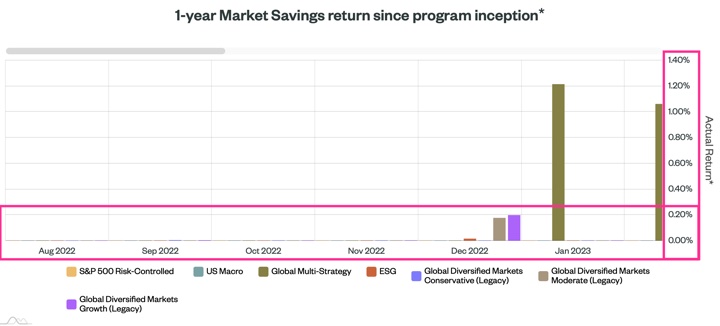

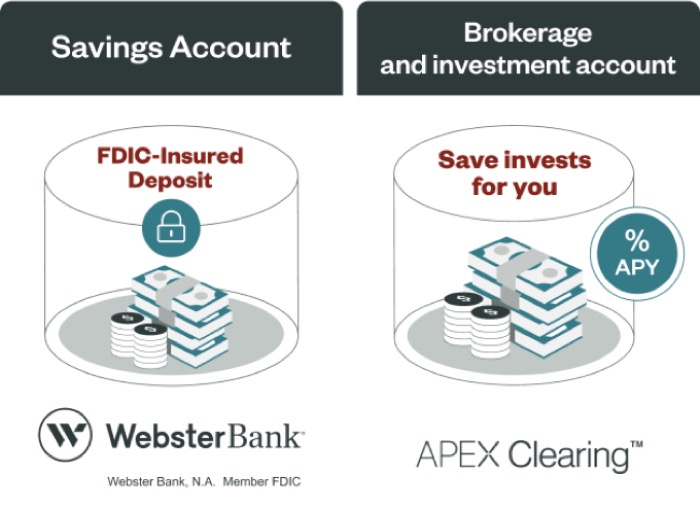
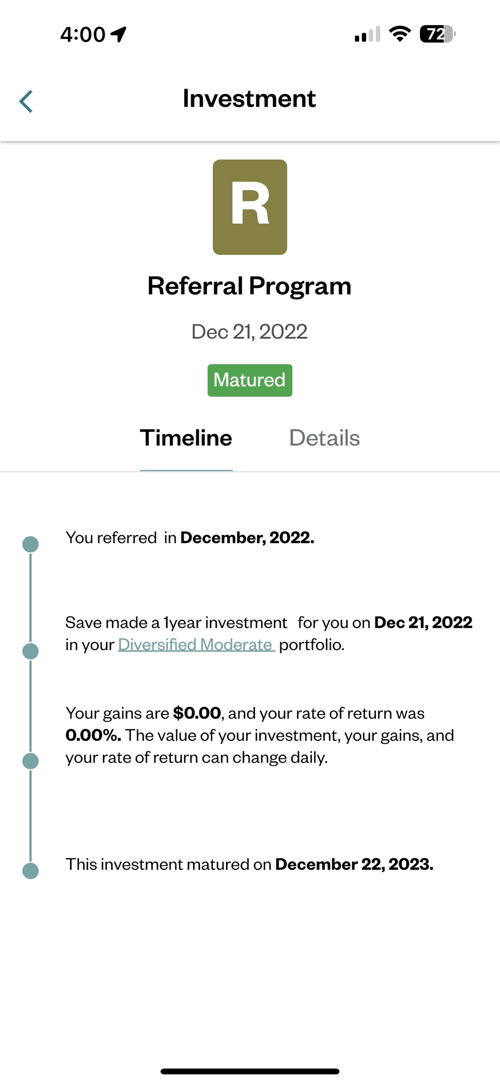
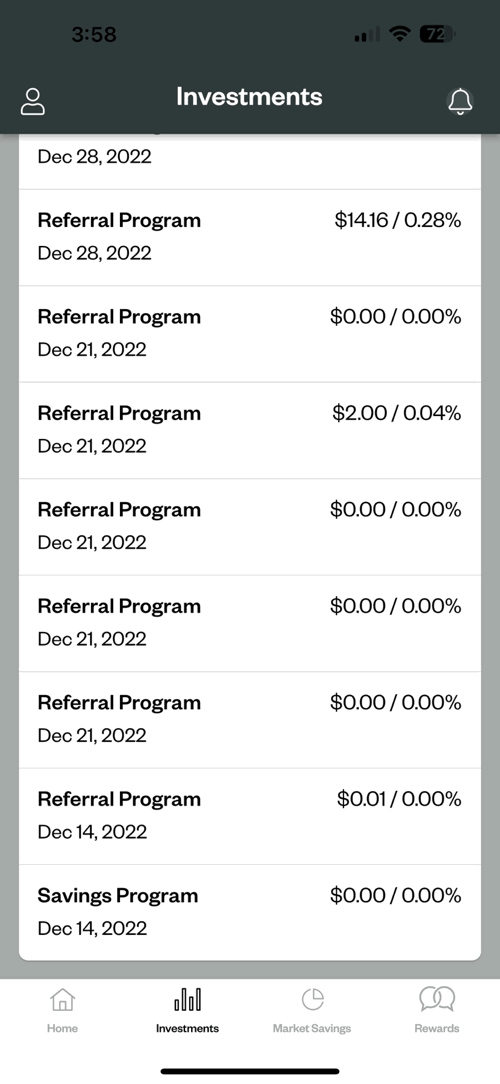
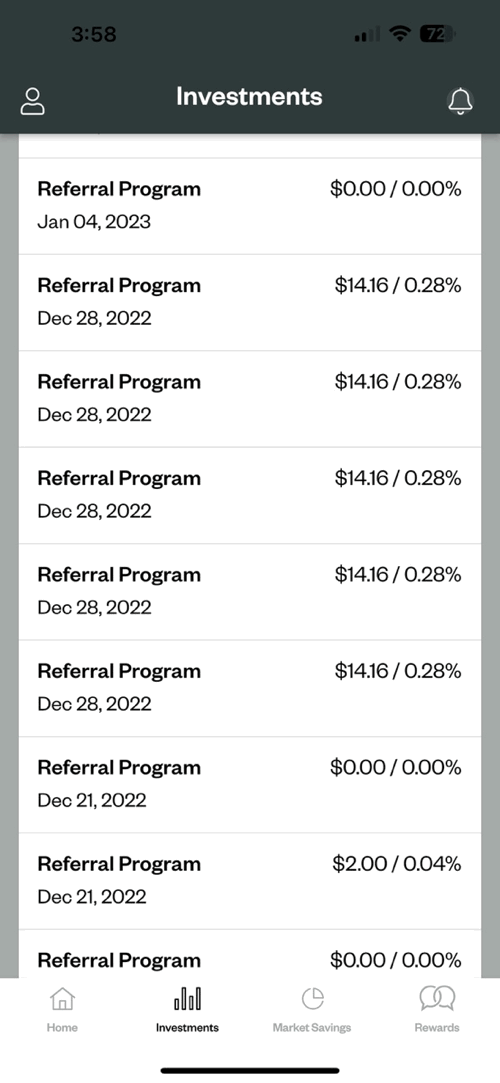
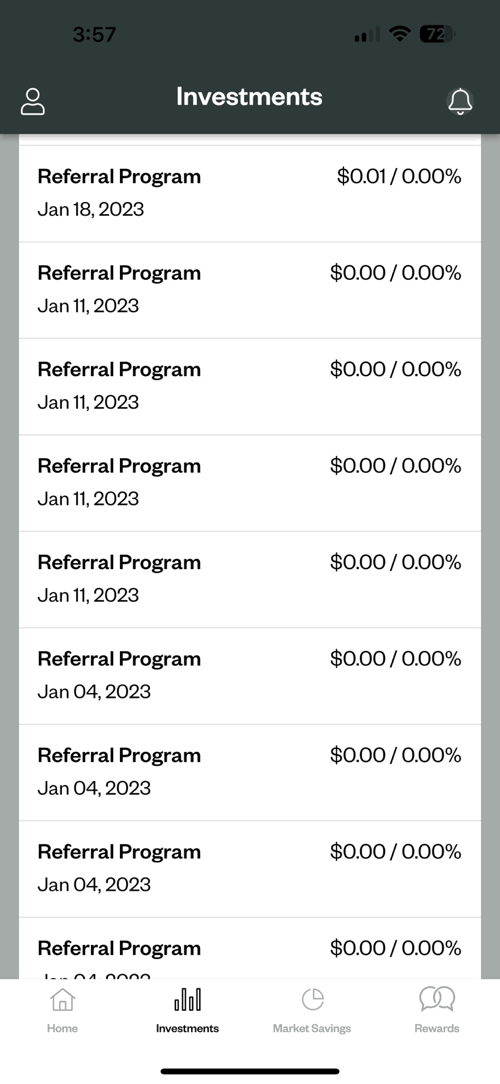
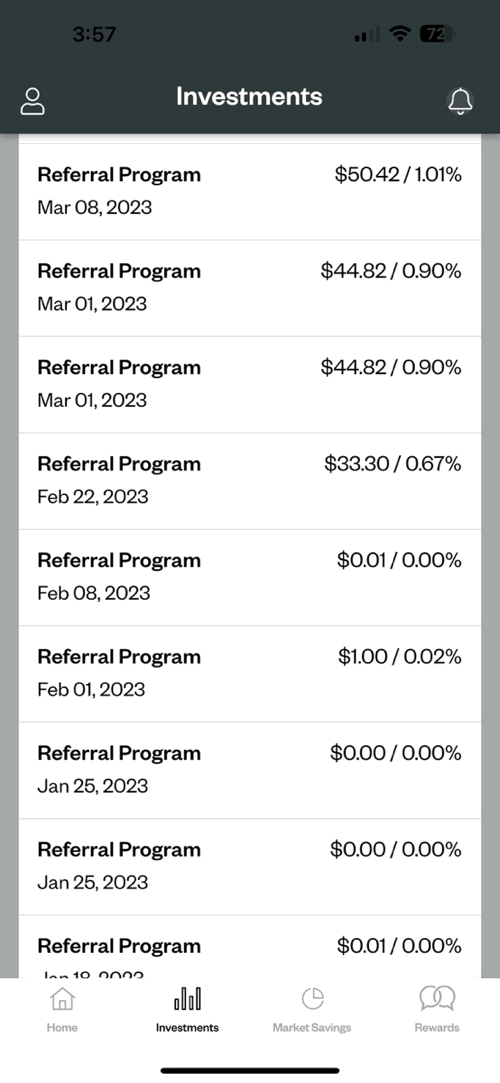





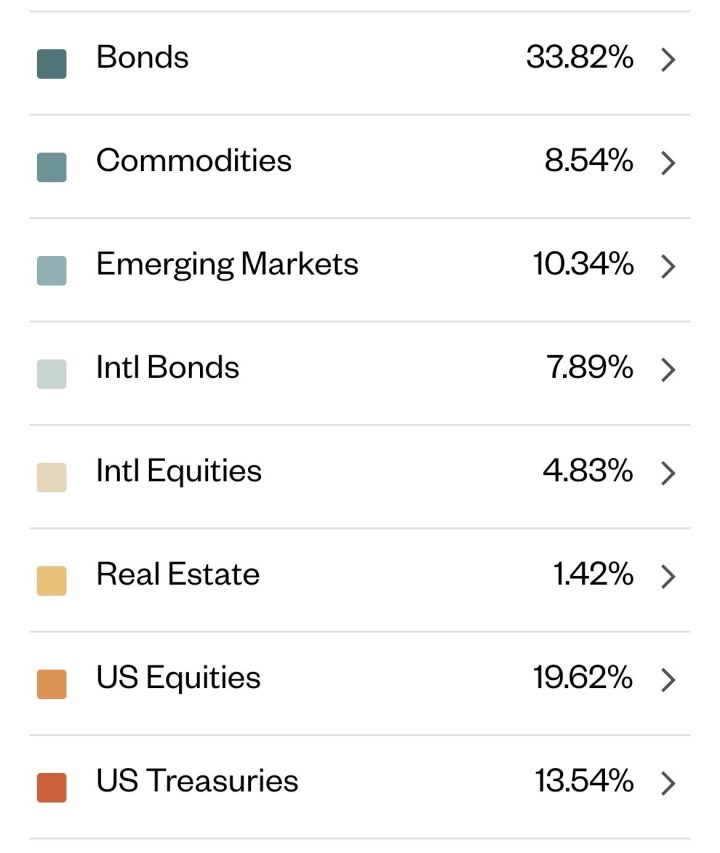
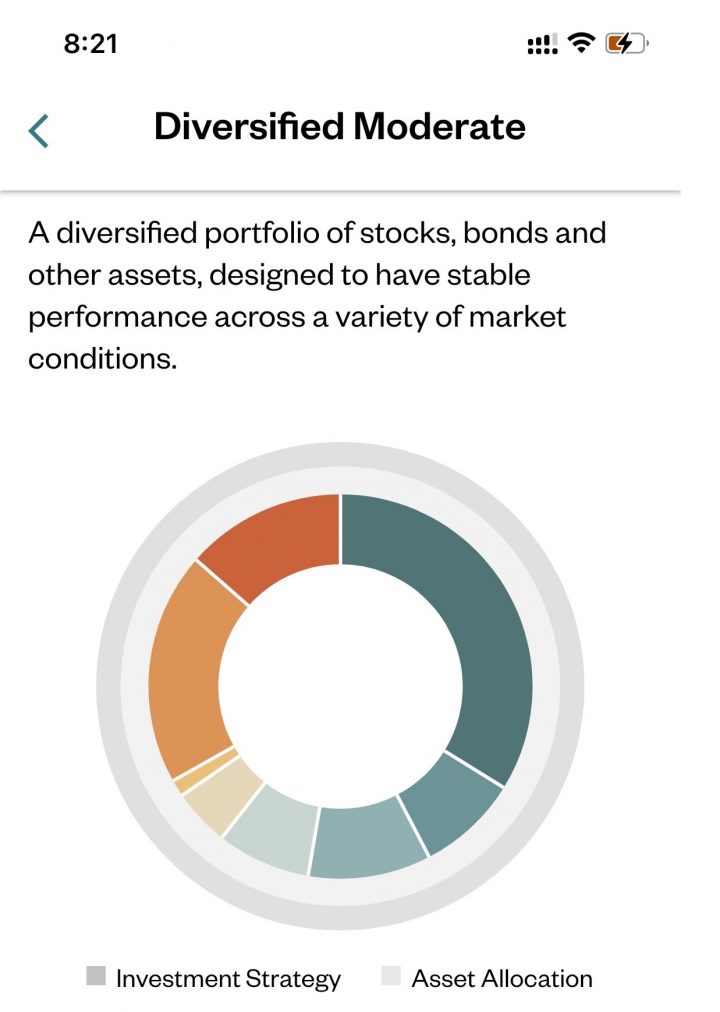
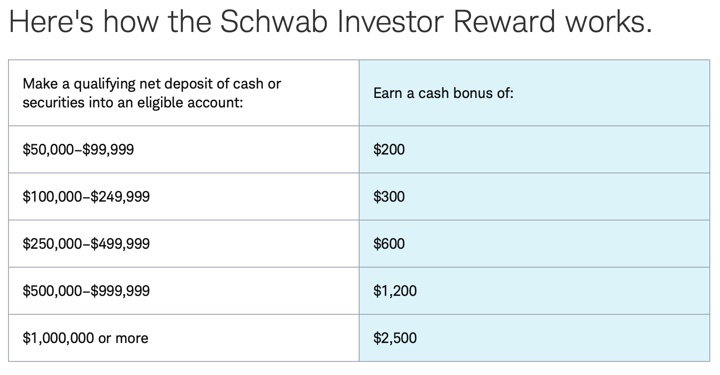
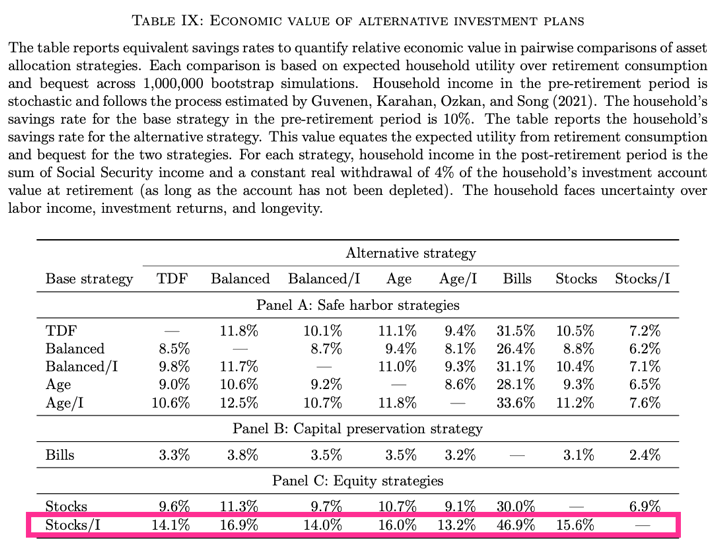
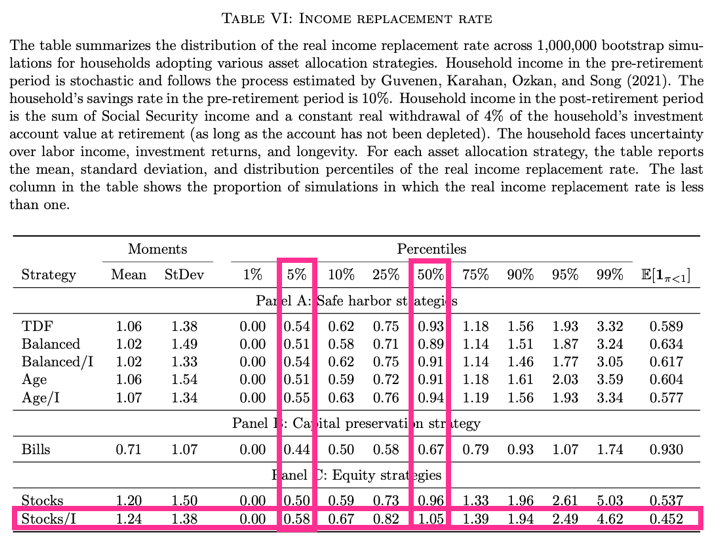
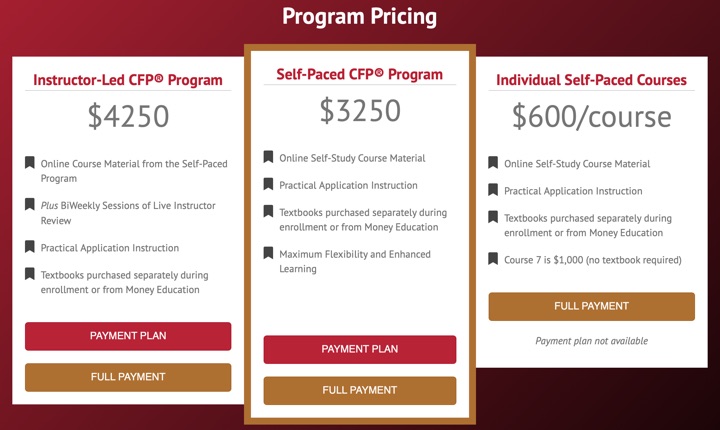
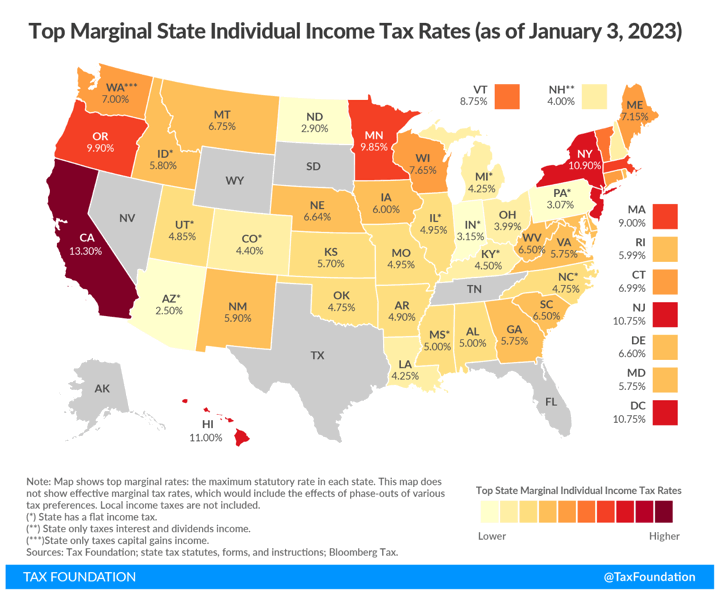
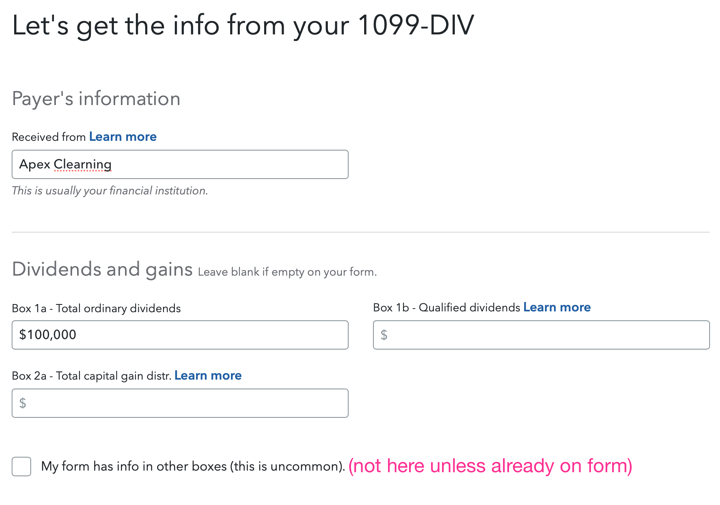
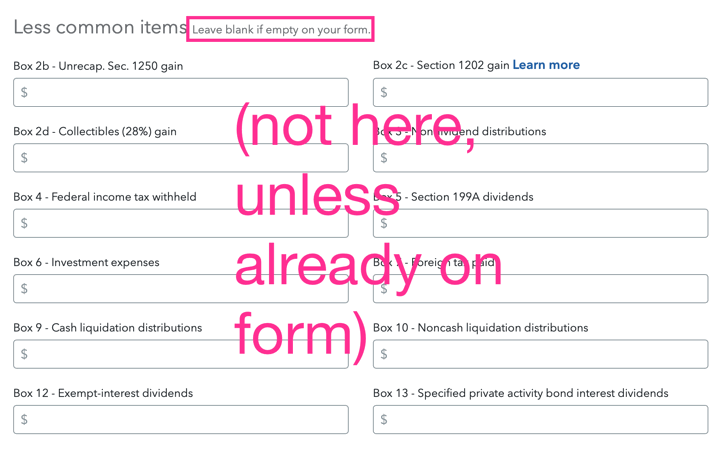
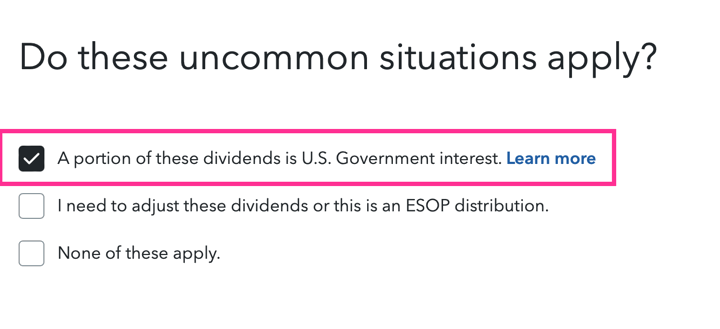
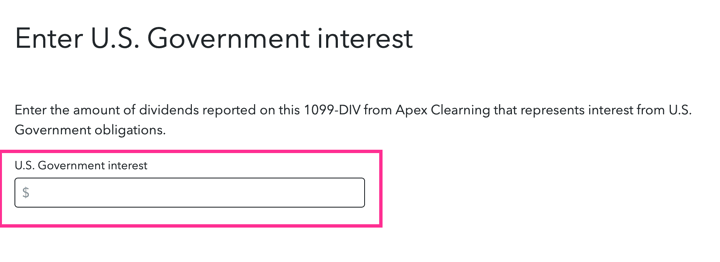

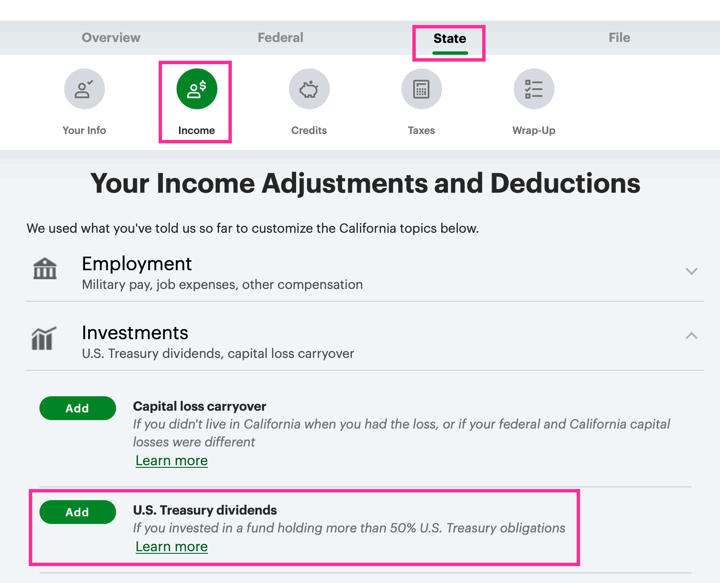
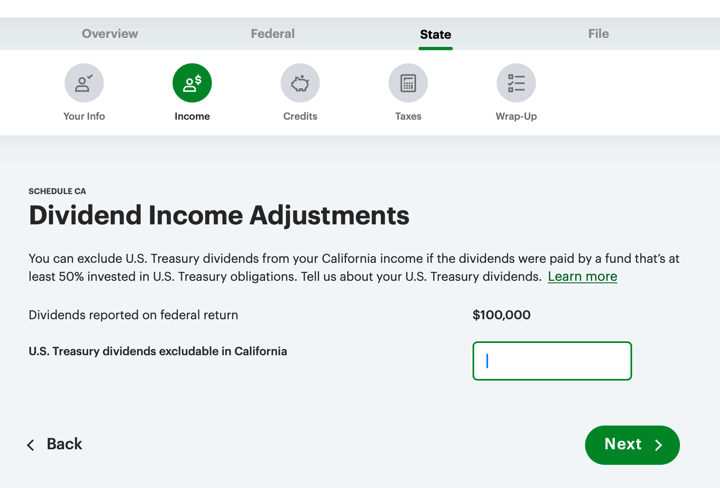
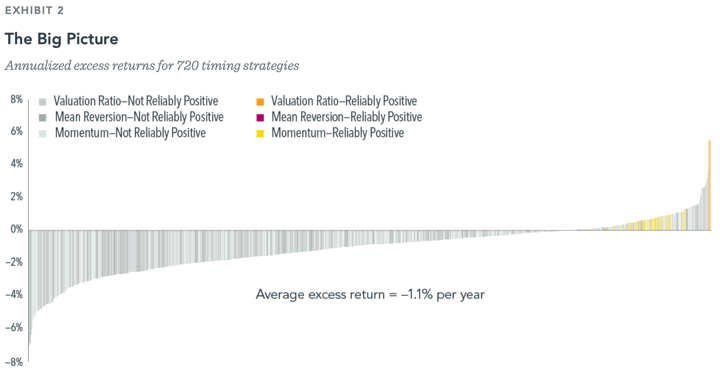

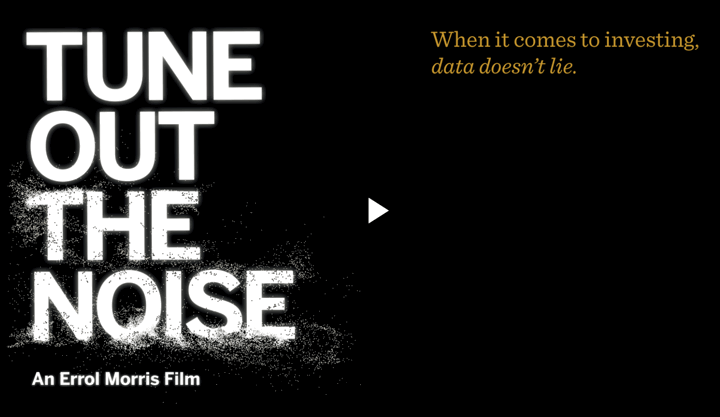
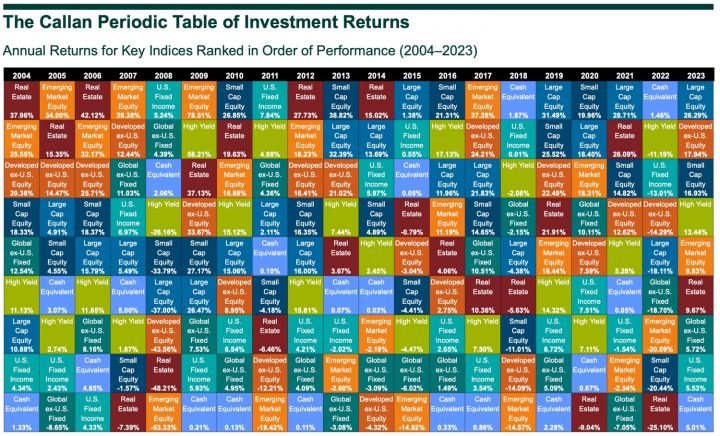
 The Best Credit Card Bonus Offers – May 2024
The Best Credit Card Bonus Offers – May 2024 Big List of Free Stocks from Brokerage Apps
Big List of Free Stocks from Brokerage Apps Best Interest Rates on Cash - May 2024
Best Interest Rates on Cash - May 2024 Free Credit Scores x 3 + Free Credit Monitoring
Free Credit Scores x 3 + Free Credit Monitoring Best No Fee 0% APR Balance Transfer Offers
Best No Fee 0% APR Balance Transfer Offers Little-Known Cellular Data Plans That Can Save Big Money
Little-Known Cellular Data Plans That Can Save Big Money How To Haggle Your Cable or Direct TV Bill
How To Haggle Your Cable or Direct TV Bill Big List of Free Consumer Data Reports (Credit, Rent, Work)
Big List of Free Consumer Data Reports (Credit, Rent, Work)